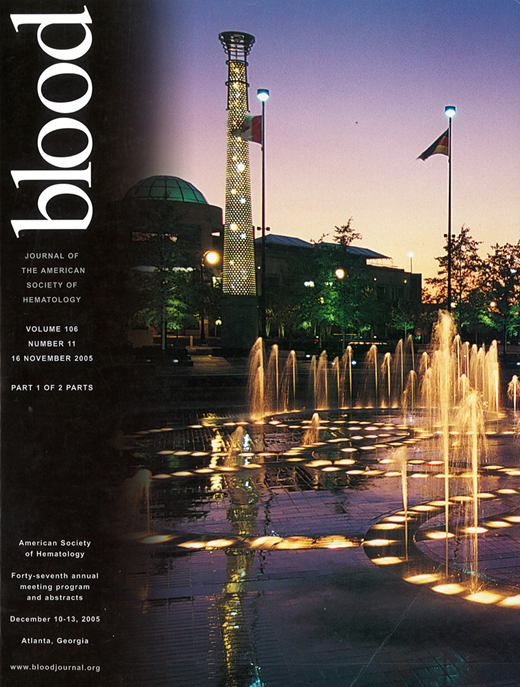Abstract
Introduction: Mantle Cell Lymphoma (MCL), a B-cell, non-Hodgkin lymphoma (NHL) characterized by cyclin D1 and Bcl-2 over-expression, is considered incurable with standard therapies. Reovirus, a double stranded RNA oncolytic virus has shown a consistent anti-neoplastic effect in a variety of cell lines both in vitro, in vivo and ex vivo. We recently demonstrated an anti-lymphoma effect of reovirus in two MCL cell lines and reovirus resistance in three. Here we report the effect of trypsinization of the reovirus envelope to generate intermediate subviral particles (ISVP) on the resistance of these cell lines in vitro. Methods Five MCL cell lines (Z138C, NCEB-1, Hb-12, JVM2 and Granta 519) and one Follicular Lymphoma cell line (DoHH2) were counted and resuspended in serum-free medium. 104 cells in 20ul were dispensed per well in a 96-well plate. 10ul of reovirus at appropriate MOI in serum-medium or 40MOI of ISVP was added to the cells. ISVP was prepared as follows; 1ul of reovirus at 40MOI was treated with 9ul of chymotrypsin at 37°C for 30 minutes before being added to the cells. Cells and viruses were allowed to be in contact at 4°C for 45 min -1 hour. 170 ul of warm complete medium RPMI 1640 containing 10% FCS and L-glutamine was then added and the plate was incubated at 37 °C. Each time point was performed in quadruplicate. WST-1 reagent was used to quantify cell proliferation and cell viability was assessed by absorbance at 450nm using a plate reader. Results MCL cell lines NCEB-1 and JVM-2 showed exquisite sensitivity to reovirus induced oncolysis after 4 days’ incubation at 40 and 80 MOI. Granta exhibited intermediate sensitivity to reovirus while Hb12 and Z138C demonstrated an innate resistance to reovirus induced oncolyis at this time point. Incubation of the resistant cell lines with ISVP overcame this resistance in the Granta and Z138C cell lines (as well as DoHH2). Viability of Granta and Z138C after 4 days’ incubation with ISVP approached that of the sensitive cell lines NCEB-1 and JVM-2 at the same time point. However, the Hb12 cell line retained a significant degree of resistance to reovirus when incubated with ISVP.
Percent Viability of 5 MCL Cell Lines at 4 Days’ Incubation with Reovirus or ISVP
| Treatment . | NCEB-1 . | JVM-2 . | Hb-12 . | Z138C . | Granta . | DoHH2 . |
|---|---|---|---|---|---|---|
| Control | 100 | 100 | 100 | 100 | 100 | 100 |
| Reovirus 40 MOI | 26 | 29 | 113 | 89 | 58 | 54 |
| Reovirus 80 MOI | 20 | 1 | 114 | 94 | 50 | 45 |
| ISVP 40 MOI | 22 | 5 | 45 | 9 | 12 | 8 |
| Treatment . | NCEB-1 . | JVM-2 . | Hb-12 . | Z138C . | Granta . | DoHH2 . |
|---|---|---|---|---|---|---|
| Control | 100 | 100 | 100 | 100 | 100 | 100 |
| Reovirus 40 MOI | 26 | 29 | 113 | 89 | 58 | 54 |
| Reovirus 80 MOI | 20 | 1 | 114 | 94 | 50 | 45 |
| ISVP 40 MOI | 22 | 5 | 45 | 9 | 12 | 8 |
Conclusion Although each of the five cell lines investigated has the karyotypic and molecular hallmarks of MCL, they exhibit heterogeneity of sensitivity to reovirus induced oncolysis. The resistance to reovirus oncolysis exhibited by the two cell lines Z138C and Granta can be overcome by 40 MOI ISVP. In contrast, incubation with the ISVP only partly overcomes reovirus resistance in the HB12 cell line. The molecular basis of this variation and the mechanism underlying reovirus resistance warrants further investigation at the proteome, transcriptome and genome level.
Author notes
Corresponding author

